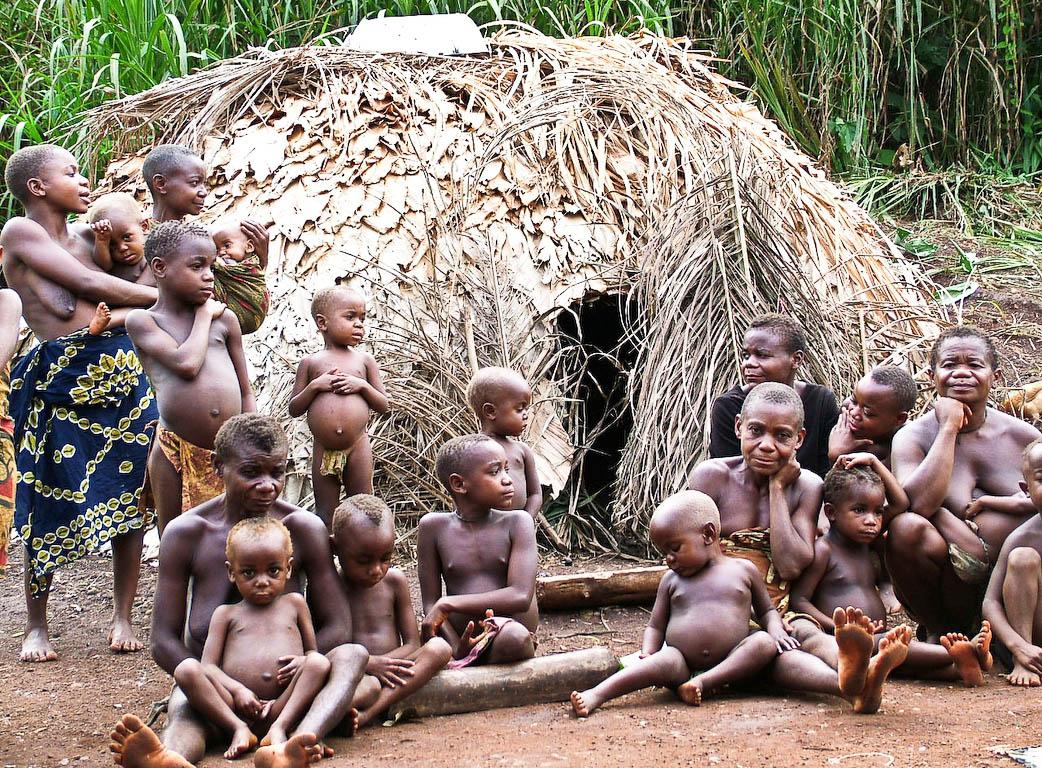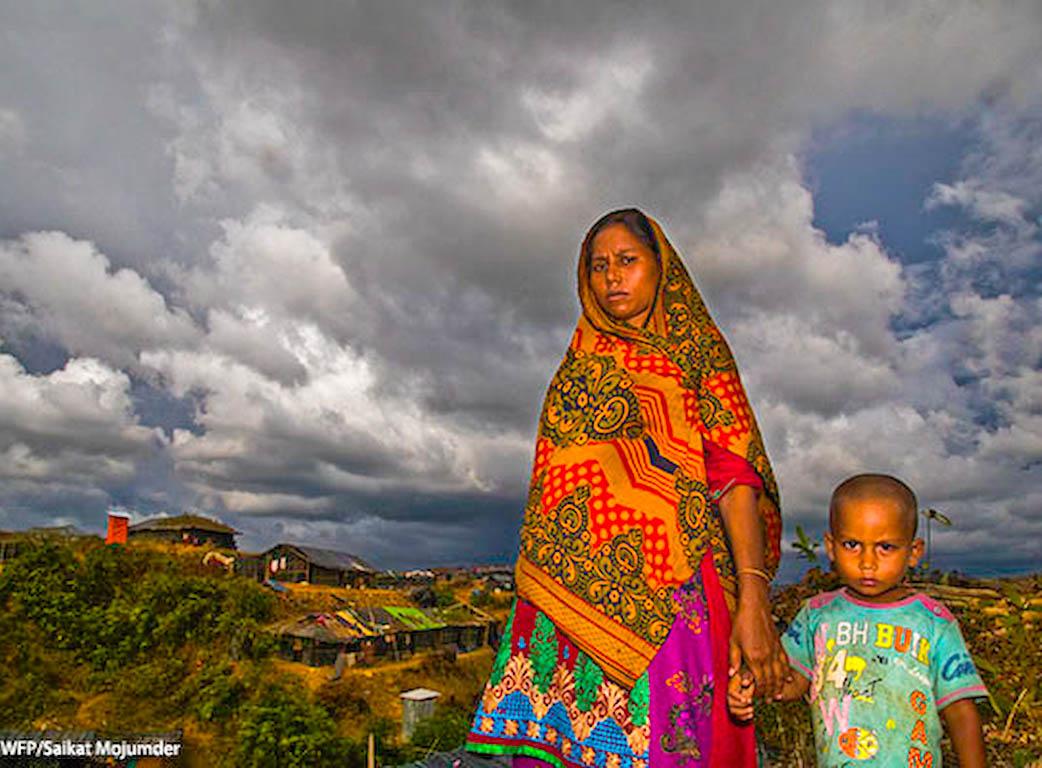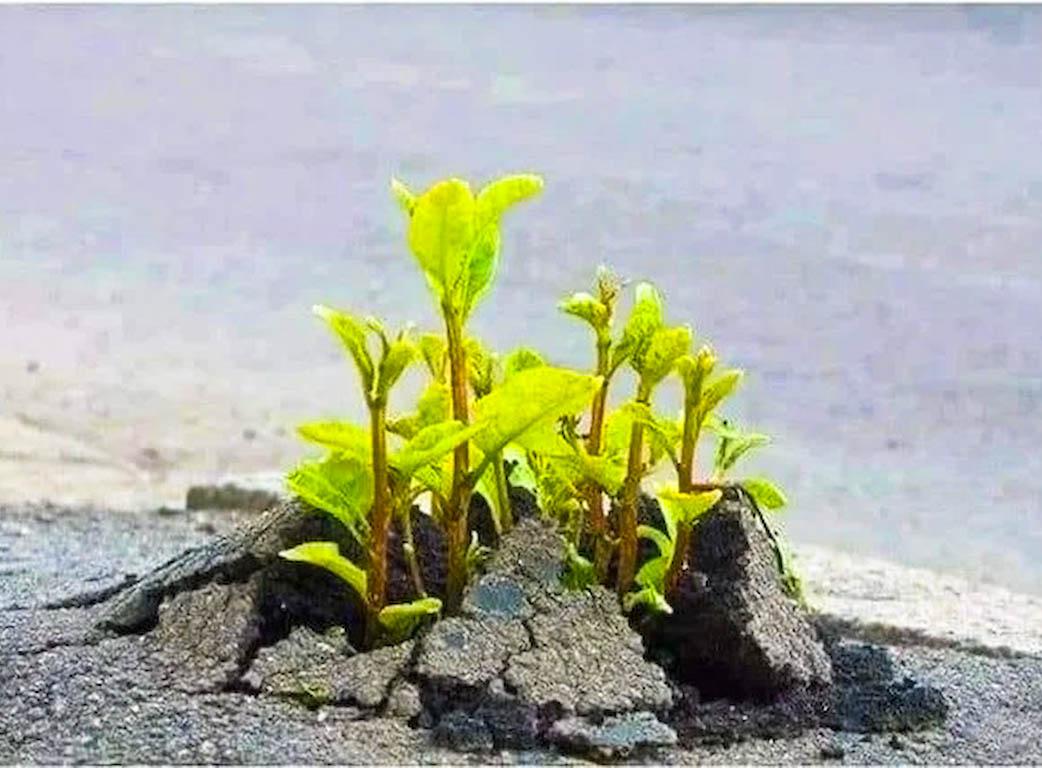“Nothing for us without us”
Comboni Missionafies Newsletter 20.10.2023 Comboni Missionaries' Team Translated by: Jpic-jp.orgSamela Sateré Mawé is a leading voice among Brazil’s Indigenous youth. Her message is simple: Indigenous people must be involved in decision-making processes relating to the measures that must be taken to deal with environmental issues.

Samela is part of a lineage of women that has been forged in the fight for the rainforest and Indigenous peoples. Her grandmother was the founder of the Associação de Mulheres Indígenas Sateré Mawé (Sateré Mawé Indigenous Women’s Association). The influence that her female relatives and ancestors have had in shaping her into the activist she is today.
Samela said, “Being born into the Sateré Mawé Indigenous Women’s Association, I have always experienced what it is to be part of the struggle – the sense of the collective, the meetings, the demonstrations, the protests, listening to the words spoken by my grandmother and my mother, as well as other women in the Indigenous movement – and all of this has been essential in shaping me as a woman, as an activist, and as an Amazonian.”
This year, two indigenous leaders have an important role in Lula’s Government. Sonia Guajajara was Appointed First Minister of the Newly Created Ministry of Indigenous Affairs in Brazil and Célia Xakriabá was elected president of the Commission for the Amazon and Indigenous and Traditional Peoples.
Samela remarks: “Indigenous women have increasingly come to play a leading role inside the Indigenous movement. In the past, it was only the men who left their villages and their territory to go and talk about the issues concerning Indigenous peoples, such as health care, education, the demarcation of Indigenous territories and those sorts of things. But when we see Indigenous women raising their voices, we feel more represented as part of the Indigenous movement’s struggle.”
She continued, “We still suffer a lot of violence and abuse inside this space, since most Indigenous peoples are patriarchal societies [too], [but] Indigenous women have strength, the care and the generational knowledge of what it is to be a woman, right? And, bringing this to the Indigenous movement, having strong female protagonists, such as Sônia Guajajara and Célia [Xakriabá], who now represent our people in a bigger sphere, which is the sphere of politics. For me this is really important, it’s really important to have women occupying these spaces. It’s about representativeness, really.”
‘Demarcation of screens’ was coined by the then federal congresswoman Sônia Guajajara to talk about the importance of Indigenous peoples maintaining a presence on social media in order to inform the debate, speak out and celebrate issues related to Indigenous peoples and the preservation of the biomes that we live in.
Samela explains: “It was actually in 2020, during the pandemic, when we were unable to hold our Acampamento Terra Livre (an event that sought to mobilize the Indigenous peoples of Brazil around their constitutional rights), which has been held for 17 years. On this occasion, we had to hold the event online. Therefore, Sônia Guajajara came up with the term “let’s demarcate the screens and occupy social media.” From there, we held the largest Acampamento Terra Livre online that there had ever been. There was a month of events, a month where Indigenous women learned what a live stream was, what a Google Meet was, what Zoom was, what social media was, and the importance of the internet for the Indigenous struggle.”
She continued, “I also talk about the importance of “demarcating the screens and occupying social media,” because as well as being an important tool in the struggle and resistance to preserve our environment, it is also a way to simplify, deconstruct and decolonize culture and what people think in relation to Indigenous peoples. For me, it is vital to have an Indigenous presence on social media. I always talk about how our ancestors fought with the tools that they had and how we now have a tool that can be used to reach far and wide — that is, the internet, social media and technology — and that we need to use this to our advantage. So, this is what this virtual territory is about. We are digital guerrilla fighters.”
Samela pointed out that content production came a lot from the desire to deconstruct and simplify the news. In conventional media, we see a lot of news items that are full of stereotypes and errors when it comes to Indigenous peoples; and also, when people talk about laws, about issues and about legislative bills, it can be hard to make sense of what they are saying.
“What we really needed to do”, she insists, “was to democratize the news, make our relatives understand what was being said in the big newspapers, in the mainstream media, on TV news segments and so on. Because often, when there is a big text [about Indigenous issues], our relatives — even the younger ones — will often not understand it. The same thing sometimes happens when there is a news segment on TV: it is hard to understand. Sometimes terms are used in reference to us Indigenous peoples that are totally incorrect. So, our way of creating educational videos to be posted online is born out of this need to make the news more simple, and more democratic, so that everyone understands what is really happening.
Talking about the future Samela said, “I hope that we can really push the issue of the demarcation of Indigenous territories that we can push for more policies tailored to our peoples’ needs and push for more Indigenous representatives in the National Congress as well as in other spaces.”
On what kind of ancestor she wants to be for those who are to come, Samela said, “When we say that the future is ancestral, we are trying to make people turn inward, turn toward their inner selves and see that we are also the forest, we are also the planet and that we are part of the Earth. In addition, that we are the future and that this is completely connected to our past, our ancestors, because when we understand ourselves as part of a biome, part of an ecosystem and as part of a whole, [we will understand that] we will not degrade.
Samela Sateré Mawé. “Nothing for us without us”
Photo: C.C.A.2.0/ Andre Deak – Pulitzer Center © Carolina Conti/Mongabay





















 EDitt | Web Agency
EDitt | Web Agency
Leave a comment